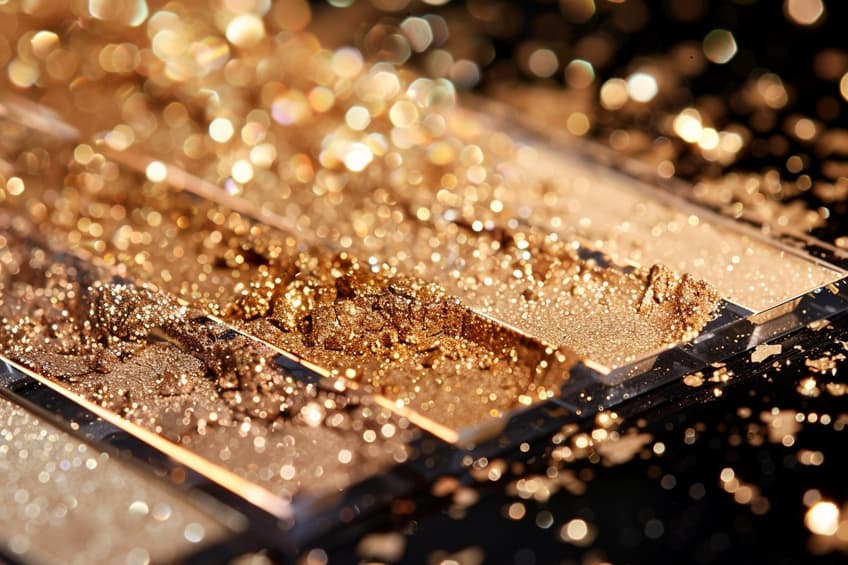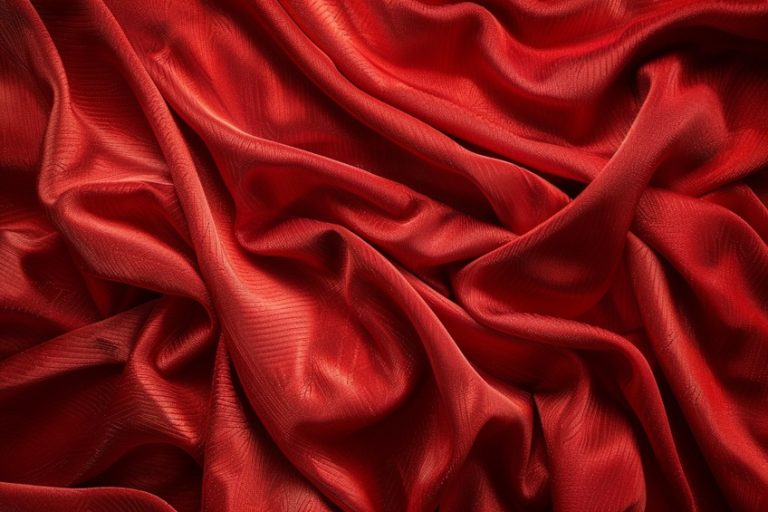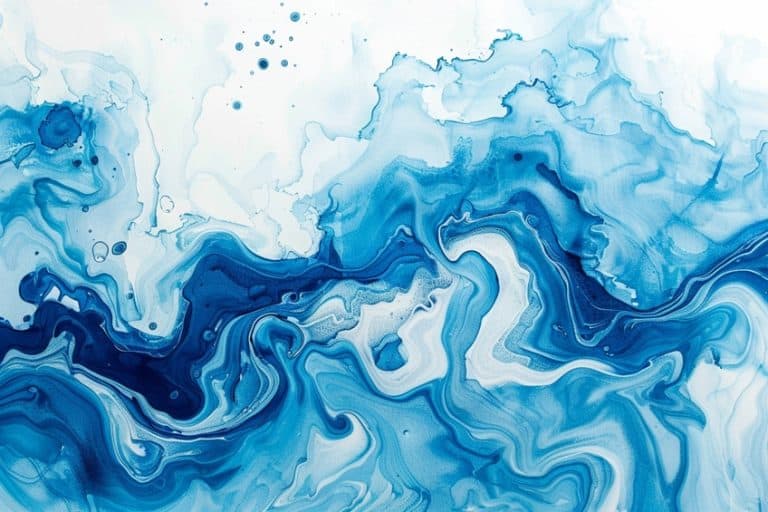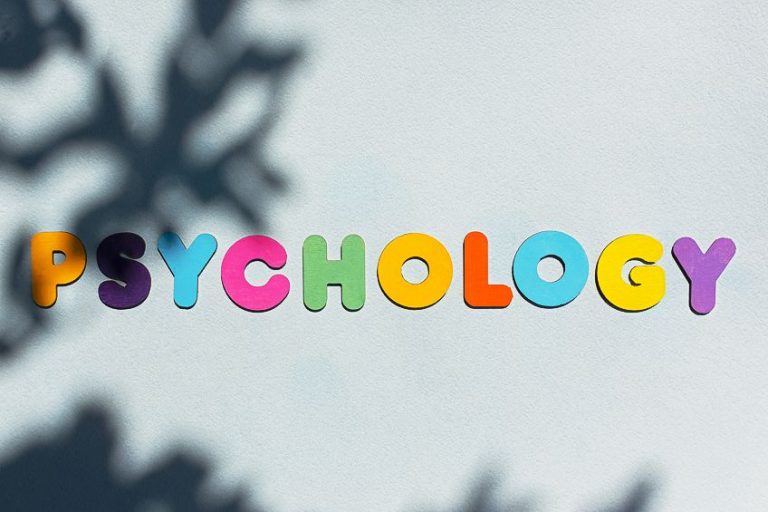Meaning of the Color Champagne – Bubbly Hues
Welcome to the effervescent world of color where hues dance with meanings and shades shimmer with symbolism! Today, we pop the cork on the enchanting realm of champagne, a color that embodies elegance, celebration, and a touch of bubbly sophistication. Like the clinking of glasses at a soirée or the delicate bubbles rising in a flute, champagne transcends mere pigment to evoke a sense of refinement and festivity. Join us as we uncork the secrets behind this enchanting hue and discover the effervescent depths of its meaning. Cheers to the captivating journey ahead!
Table of Contents
Key Takeaways
- Champagne color symbolizes class, opulence, and often celebration.
- It strikes a balance between warmth and neutrality, pairing well with other hues.
- This color is affiliated with positive emotions and luxurious events.
The Color Champagne: Origin and Symbolism
| Shade | Hex Code | CMYK Color Code (%) | RGB Color Code | Color |
| Champagne | #F7E7CE | 0, 9, 24, 3 | 247, 231, 206 |
The color champagne, often regarded as the visual incarnation of luxury and elegance, holds a place of high esteem in the spectrum of hues. Its roots lie in the effervescent French sparkling wine that has lent it its name, characterized by its distinctive blend of yellow and orange tones that conjure up images of understated sophistication. The color is not flamboyant like gold, yet it carries a quiet opulence that whispers rather than shouts, making it a favorite for events that require a touch of class.

As a symbol, champagne is deeply intertwined with celebrations and significant occasions. It represents prosperity, good fortune, and joy, reflecting an air of prestige and accomplishment. This neutral shade also resonates with the idea of new beginnings and purity, evoking feelings of warmth and comfort.
The versatility of the color champagne allows it to pair seamlessly with various color schemes, further cementing its status as a go-to hue for designers and creatives seeking to convey an aura of affluence and well-being.
Historical Context and Origin
The name “champagne” is derived directly from the famed sparkling wine produced in the Champagne region of France. The color mimics the subtle golden hue that the beverage displays, signifying the product’s exclusivity and historical association with nobility. Historically, champagne and its color have been integral to celebrations such as weddings and New Year’s festivities. This color, sitting between yellow and orange on the spectrum, has become emblematic of lavishness and historic revelries.

Symbolism of the Champagne Color
The cultural significance of the color champagne is deeply intertwined with the feelings of joy, love, and positive energy. Its use in various ceremonies is a testament to this fact:
- Luxury and wealth: Often associated with gold, champagne signifies affluence and prosperity.
- Love and romance: Its subtle warmth is symbolic of tenderness, commonly found in bridal palettes.
- Elegance and sophistication: Reflects an aesthetic of understated grace, favored in high-end design.
- Celebration: The color is a staple in events marking joyous occasions.
In essence, the color champagne is not just a visual experience but also a representation of storied traditions and cultural expressions of celebration.
The Meaning of Champagne
Champagne, a color named after the iconic sparkling wine, holds various symbolic meanings ranging from sophistication and prosperity to joy and elegance. It precisely balances between yellow and orange hues, sometimes incorporating pink and white tones for a more versatile palette.

Positive Associations
- Elegance and sophistication: Often associated with formal attire and celebrations, champagne implies a sense of luxury and refined taste.
- Joy and celebration: Reminiscent of the drink used in toasts and special occasions, champagne conveys happiness, prosperity, and success.
- Warmth and neutrality: Due to its position on the color spectrum, champagne brings a comforting neutrality that pairs seamlessly with other colors.
Negative Associations
- Perceived exclusivity: The connection to lavish events may lead some to view champagne as representing exclusivity or inaccessibility.
- Underwhelming impact: Unlike more vibrant colors, champagne’s subtlety can sometimes be overshadowed or deemed too bland in certain contexts.

Personality Traits Associated With Champagne
The color champagne is intrinsically linked with characteristics of luxury and sophistication. Individuals who are drawn to this hue typically exhibit a refined nature, favoring elegance and a touch of subtlety in their approach to life. They may be perceived as high-class with a penchant for the finer things in life, yet they often retain a sense of warmth and accessibility.
- Impartiality: A champagne color enthusiast appreciates fairness and often maintains an open-minded stance in their interactions.
- Comfort: There is an underlying sense of serenity that accompanies this color, suggesting a personality that values comfort and relaxation.
In social settings, champagne can represent a joyful and welcoming spirit. It is not unusual to find a champagne admirer hosting events, as they revel in creating positive and enriched environments for their guests. Often associated with celebrations, champagne-colored preferences may imply someone who enjoys marking special occasions and cultivating happy memories.
In summary, the color champagne conveys an array of personality traits including elegance, impartiality, and a proclivity for warmth and celebrations. It encapsulates a balance between exclusive taste and an inviting personality.
Champagne Color Variations and Combinations
The color champagne is often associated with sophistication and celebratory events. It is a complex hue that finds its place between yellow and orange and creates a breadth of shades and tints, coordinate well with a variety of colors, and relates closely with multiple tones.

Understanding Shades and Tints
Champagne as a neutral shade has variations that range from light to deep tones, influenced by the interplay of yellow and orange hues. The addition of white creates lighter tints such as ivory, while introducing black leads to deeper shades like caramel.
Deep champagne resembles a richer, more saturated look, akin to a bronzed color, often compared to lighter shades of copper or a soft chocolate tone.
Color Coordination and Palettes
A harmonious palette featuring champagne can be achieved through strategic color combinations. Champagne easily complements colors across the spectrum:
- Highlight yellows and oranges: Using these colors accentuates champagne’s inherent warmth.
- Crisp whites: Juxtaposing champagne with white brings out its bubbly elegance.
- Rich greens: Deep shades like forest green create a robust contrast to champagne’s softness.
- Cool blues: Contrary colors can cool down champagne’s warm tones.
- Earthy tones: Pairing with browns, bronzes, and coppers reinforces a natural, grounded aesthetic.
Champagne’s versatility enables it to adapt from a primary hue to a neutral backdrop in a variety of color schemes.

Colors Related to Champagne
Colors like pink champagne, which adds a blush to the base champagne hue, broaden the spectrum related to champagne. Similarly, lighter tones, such as a subtle ivory, highlight the color’s versatility, serving either as a main color or an accent.
Transitioning from the bubbly beverage’s hue, colors that reminisce the drink’s vibrancy, like yellow and orange undertones, connect closely to the champagne color family.
Uses of the Champagne Color
The champagne color is celebrated in various domains for its association with sophistication and luxury. It serves as a versatile neutral in interior design and acts as a stylish undertone in art and fashion circles.

Interior Design Applications
In interior design, the champagne color is a staple for creating a luxurious and comfortable ambiance. The use of this color can be found in various elements such as:
- Wall paints: Champagne-colored walls provide a warm and inviting backdrop, harmonizing with both bold and subtle palettes.
- Furniture: Upholstered pieces in champagne hues elevate the sense of sophistication within a space.
- Accents: Designers often employ champagne in accessories like cushions or curtains, adding a touch of elegance without overpowering the room.
This neutral color works exceptionally well in high-end design schemes, where creating a serene and chic environment is key. It complements rich textures, contributes to the visual comfort, and seamlessly blends with different styles.
Art and Fashion Influences
In the realms of art and fashion, the champagne color embodies timeless grace and stylish flair. Artists and designers utilize champagne in various ways:
- Artistic pieces: The use of champagne tones can evoke a sense of nostalgia and sentimentality in art, offering a subtle yet impactful statement.
- Fashion garments: From haute couture to ready-to-wear, champagne brings a touch of class and is often associated with high-end fashion. It is a popular choice for evening wear, bridal gowns, and chic casual outfits.
The champagne color’s adaptability allows it to act as both a statement and a complement to other hues, cementing its status as a fashionable choice for a range of applications.

The Psychology of the Champagne Color
The champagne color possesses a unique blend of warmth and neutrality, impacting emotions and behavior subtly. It finds its place on the color wheel where yellow and orange merge, imbuing it with the capacity to elicit positive feelings and a sense of abundance.
Emotional Associations
Champagne often symbolizes happiness and an upbeat mood. Its association with celebration and achievement positions it as an optimistic and joyful hue. Warmth emanates from its subtle blend of yellow and orange, suggesting a gentle glow that envelops like a soft embrace, not as intense as brighter yellows but equally inviting and comforting.

Influence on Perception and Behavior
Champagne carries an air of elegance and sophistication, translating to feelings of wealth and prosperity due to its link with the celebratory drink. This hue may promote impartiality and peace, encouraging openness in interactions due to its understated energy.
Cultural Significance
Champagne is often central to moments of excitement and success, thus infusing garments or decor with an upbeat and festive energy. In certain cultures, the color is closely tied to the idea of abundance and fortune, reflecting optimism and a positive outlook on life.

As we bid adieu to our exploration of champagne, let us raise our glasses one final time to toast to its enduring charm and allure. Like a well-aged vintage, the champagne color continues to captivate and inspire, infusing spaces with a sense of refinement and joyous celebration. Whether adorning wedding gowns, decorating interiors, or gracing the canvas of artistic expression, this hue remains a timeless symbol of elegance and sophistication. So, as you venture forth into the colorful tapestry of life, may the essence of the champagne color remind you to savor each moment, sparkle with grace, and always find reasons to celebrate. Cheers to the vibrant journey of color exploration that lies ahead!
Frequently Asked Questions
What Does the Color Champagne Symbolize Across Different Cultures?
In many cultures, champagne as a color denotes luxury, sophistication, and celebratory events. It often embodies prosperity and elegance, with certain shades reflecting wealth and optimism. Variations like gold-tinted champagne are linked to wealth, while lighter shades can represent youth and innocence.
What Is the Historical Significance of the Color Champagne?
Historically, the color champagne has been connected with the beverage after which it is named. It gained cultural prominence as a symbol of status and opulence during events. Over time, the use of champagne hues in attire and decor became associated with high-end extravagance and classic style.
How Is the Champagne Color Utilized in Fashion, and Who Is It Best Suited For?
Champagne is a versatile color in fashion, often favored for its flattering qualities. It is widely employed in formal wear, wedding dresses, and elegant accessories. The color complements a wide range of skin tones, making it a preferred choice for those seeking a sophisticated and understated look.
In 2005, Charlene completed her Wellness Diplomas in Therapeutic Aromatherapy and Reflexology from the International School of Reflexology and Meridian Therapy. She worked for a company offering corporate wellness programs for a couple of years, before opening up her own therapy practice. It was in 2015 that a friend, who was a digital marketer, asked her to join her company as a content creator, and this is where she found her excitement for writing.
Since joining the content writing world, she has gained a lot of experience over the years writing on a diverse selection of topics, from beauty, health, wellness, travel, and more. Due to various circumstances, she had to close her therapy practice and is now a full-time freelance writer. Being a creative person, she could not pass up the opportunity to contribute to the Art in Context team, where is was in her element, writing about a variety of art and craft topics. Contributing articles for over three years now, her knowledge in this area has grown, and she has gotten to explore her creativity and improve her research and writing skills.
Charlene Lewis has been working for artincontext.org since the relaunch in 2020. She is an experienced writer and mainly focuses on the topics of color theory, painting and drawing.
Learn more about Charlene Lewis and the Art in Context Team.
Cite this Article
Charlene, Lewis, “Meaning of the Color Champagne – Bubbly Hues.” Art in Context. March 8, 2024. URL: https://artincontext.org/meaning-of-the-color-champagne/
Lewis, C. (2024, 8 March). Meaning of the Color Champagne – Bubbly Hues. Art in Context. https://artincontext.org/meaning-of-the-color-champagne/
Lewis, Charlene. “Meaning of the Color Champagne – Bubbly Hues.” Art in Context, March 8, 2024. https://artincontext.org/meaning-of-the-color-champagne/.









